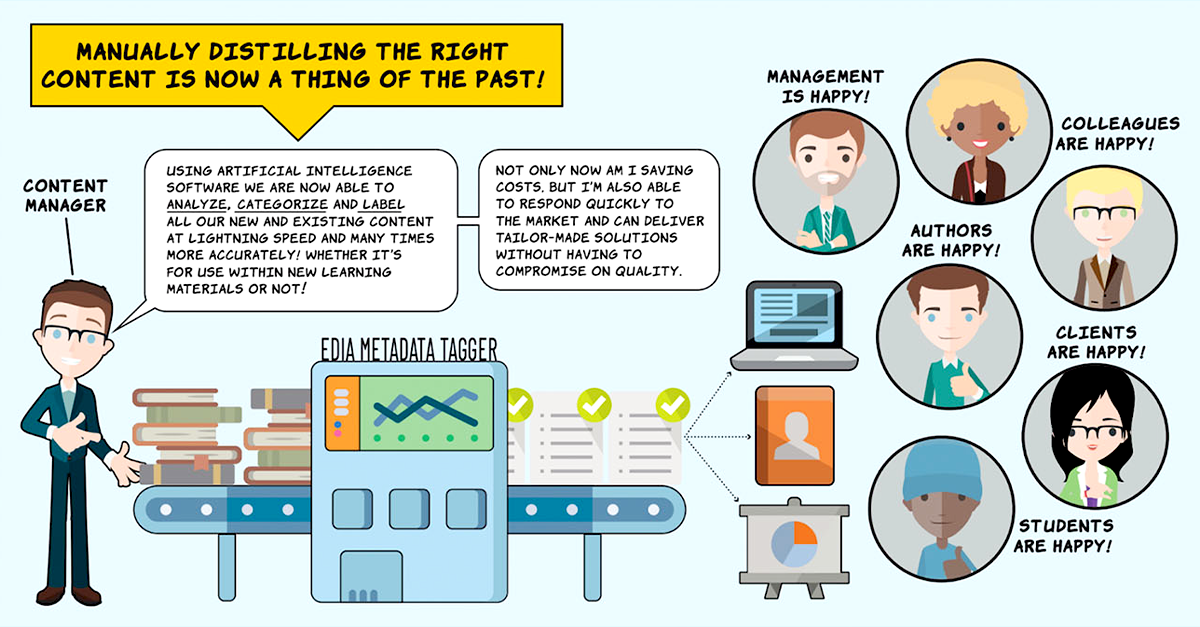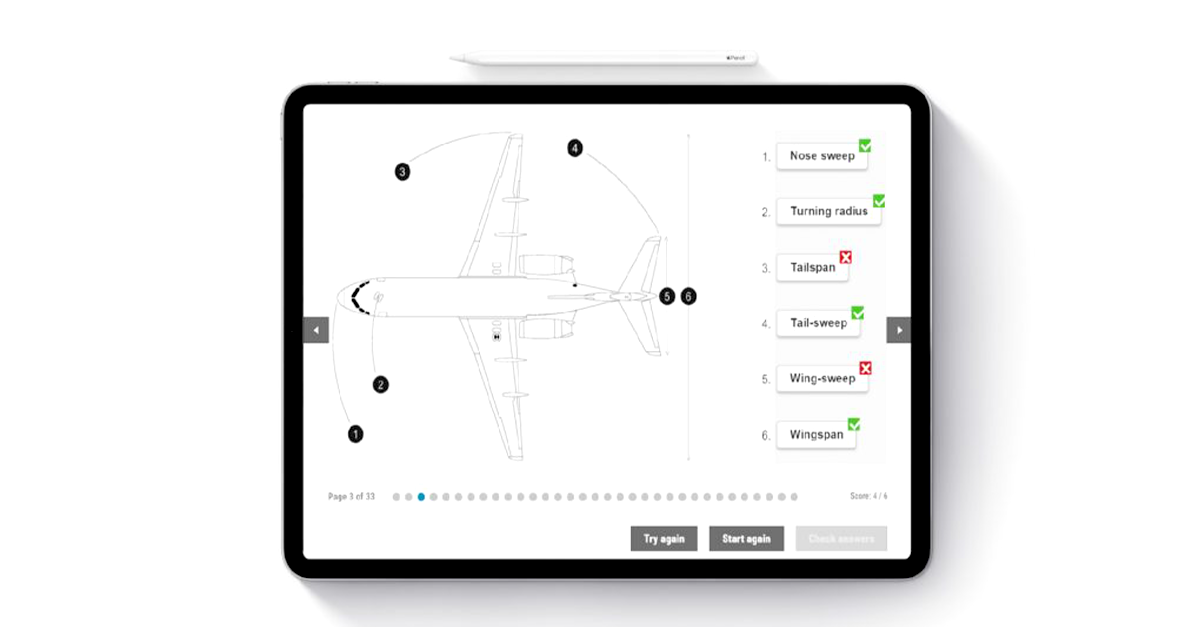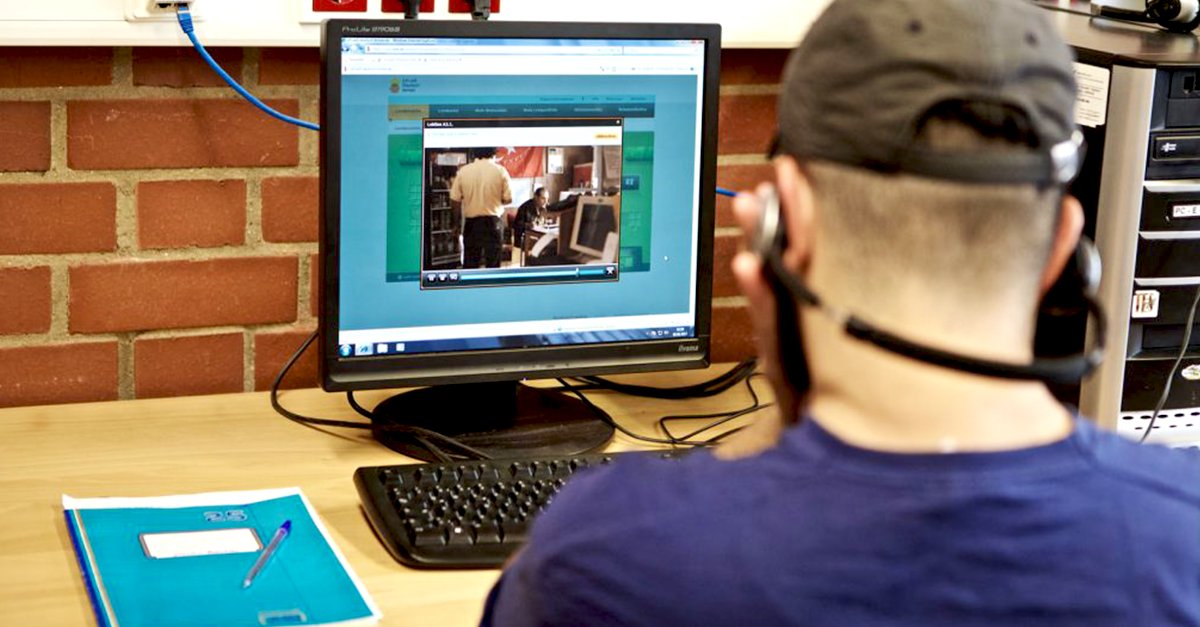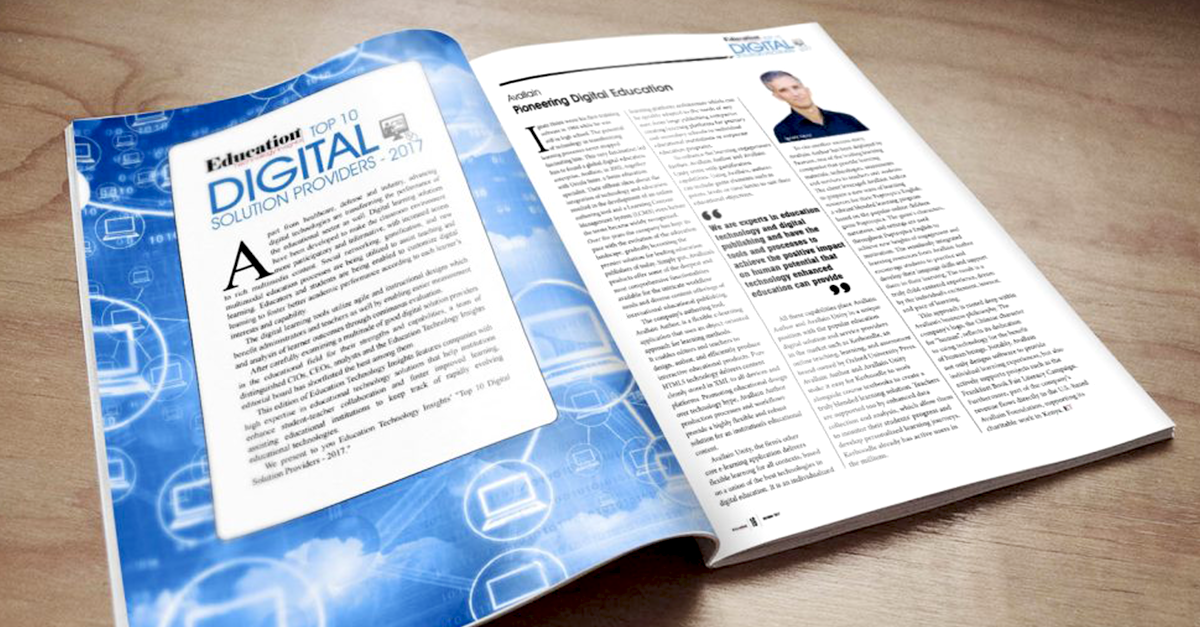In this challenging moment for our world, we in Avallain remain committed to playing our part, bringing to bear our 20 years of experience in the Digital Education industry.
More than ever, companies, institutions, and individuals need continuity in the central pillars of daily life. Education is one of these pillars, and we believe that if deployed well, online learning tools could greatly reduce the impact of the current situation to at least this aspect of our lives.
Preparedness and proactivity
As a digital company with a 100% smart work/home office setup and 100 team members in 15 countries, we had a head start. However, we are still working hard to ensure that we support one another in terms of homeschooling and family support.
School closures in many countries have radically changed the usage landscape. We are seeing exponential increases in platform use as homeschooling and distance learning initiatives take hold. So working closely with our clients, we responded quickly to increase infrastructure monitoring and capacity, ensuring an uninterrupted high level of performance.
Ultimately, we are in uncharted waters, so if things get tight, we will rely on our formal Business Continuity Plan, which has been designed over the past years to allow us automatically to implement fallback options and communication plans in times of crisis. Any client can ask for a copy of this, or for further details about our preparedness.
Human-centered and technology-driven solutions
An essential component of our Digital Education strategy is to address the growing need for real-time interaction and features that enable teachers and learners to minimise the impact of the absence of face-to-face lessons.
Central to this has been an immediate need for live video integration within learning platforms, which allows realtime interaction and online classes without much preparation. We have reacted quickly to this need, and this month are rolling out the first integrations with virtual classroom / conferencing tools.
Our commitment to education
Avallain is keen to help you to support learners and teachers in the challenging weeks to come.
During this public health crisis, we are offering a limited number of free accounts to our leading Avallain Author authoring tool for creating interactive e-Learning content.
Anyone interested can apply directly to info@avallain.com or through the contact form on our website. Our team will help speed up the process of implementation and delivery to ensure the continuity of learning. For institutions, and education departments, we also offer limited free consulting to help implement a fast, accurate, seamless and appropriate solution for the current needs.
We have over 20 years of experience in technology-enhanced education for institutional learning, and now more than ever we understand the value of cooperation and delivering fluent combinations of our own and third party technology as needed.
Appropriate solutions for challenging times
For language schools needing to switch instantly to an online solution, we have a ready-made product suite to offer that will bring you online seamlessly in minimal time.
Our content production department can help create a critical starting mass, and through our long collaboration with the leading educational publishers, we can easily enable access to the best digital learning solutions in the market.
A word of hope and thanks
On behalf of all Avallain members, we thank all the professionals who are keeping up their essential work in these times, including those who keep education running. Driven by education and science, our collective effort, clarity of focus and creativity will see us through this crisis.
Our best wishes to all our clients, partners and friends in the education world.








